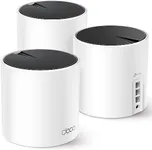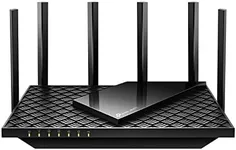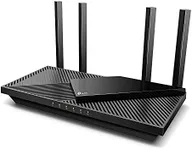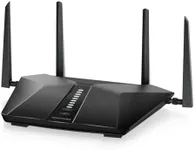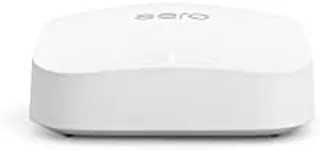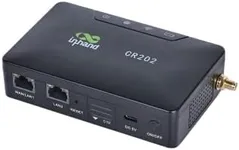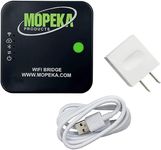Buying Guide for the Best Wireless Routers
Choosing the right wireless router is essential for ensuring a strong, reliable internet connection throughout your home or office. A good router can enhance your online experience by providing faster speeds, better coverage, and more stable connections. When selecting a wireless router, it's important to consider several key specifications to find the best fit for your needs. Understanding these specs will help you make an informed decision and ensure that your router meets your specific requirements.Wi-Fi StandardsWi-Fi standards determine the speed and range of your wireless network. The most common standards are 802.11n, 802.11ac, and 802.11ax. 802.11n is older and offers decent speeds for basic internet use. 802.11ac provides faster speeds and better performance for streaming and gaming. 802.11ax, also known as Wi-Fi 6, is the latest standard, offering the highest speeds, improved range, and better performance in crowded environments. Choose a router with a standard that matches your internet usage needs. For basic browsing, 802.11n may suffice, but for high-speed internet and multiple devices, 802.11ac or 802.11ax is recommended.
Frequency BandsRouters operate on different frequency bands, typically 2.4 GHz and 5 GHz. The 2.4 GHz band offers longer range but slower speeds, making it suitable for basic internet activities like browsing and email. The 5 GHz band provides faster speeds but shorter range, ideal for activities like streaming and gaming. Dual-band routers support both 2.4 GHz and 5 GHz, allowing you to switch between bands based on your needs. Tri-band routers add an additional 5 GHz band for even better performance with multiple devices. Choose a dual-band or tri-band router if you have many devices or need high-speed internet for activities like streaming and gaming.
Speed RatingsRouter speed ratings, often listed in megabits per second (Mbps) or gigabits per second (Gbps), indicate the maximum data transfer rate. Higher speed ratings mean faster internet performance. For basic internet use, a router with speeds up to 300 Mbps may be sufficient. For streaming, gaming, or multiple users, look for routers with speeds of 1 Gbps or higher. Keep in mind that actual speeds depend on your internet service provider (ISP) plan, so choose a router that matches or exceeds your ISP's speed.
Coverage AreaThe coverage area of a router determines how far the Wi-Fi signal can reach. Larger homes or offices require routers with greater coverage. Coverage is often measured in square feet. For small apartments or single rooms, a router with coverage up to 1,500 square feet may be enough. For medium-sized homes, look for coverage between 1,500 to 3,000 square feet. For large homes or offices, consider routers with coverage over 3,000 square feet or mesh systems that can extend coverage further. Choose a router that matches the size of your space to ensure a strong signal throughout.
Number of AntennasThe number of antennas on a router can affect its range and performance. More antennas generally mean better coverage and stronger signals. Routers typically have between one to eight antennas. For small spaces or basic internet use, a router with one to two antennas may be sufficient. For larger spaces or high-performance needs, look for routers with three or more antennas. Consider your space and internet usage to determine the right number of antennas for your router.
Security FeaturesSecurity features protect your network from unauthorized access and cyber threats. Common security features include WPA3 encryption, firewalls, and guest networks. WPA3 is the latest and most secure encryption standard, providing better protection than older WPA2. Firewalls help block malicious traffic, and guest networks allow visitors to connect without accessing your main network. Choose a router with robust security features to keep your network and data safe.
Additional FeaturesAdditional features can enhance your router's functionality. These may include parental controls, Quality of Service (QoS), and USB ports. Parental controls allow you to manage internet access for children. QoS prioritizes certain types of traffic, such as streaming or gaming, for better performance. USB ports enable you to connect external storage devices or printers to your network. Consider which additional features are important to you and choose a router that offers them.
